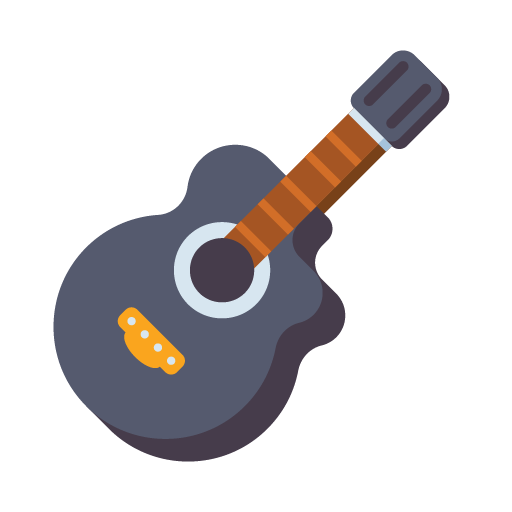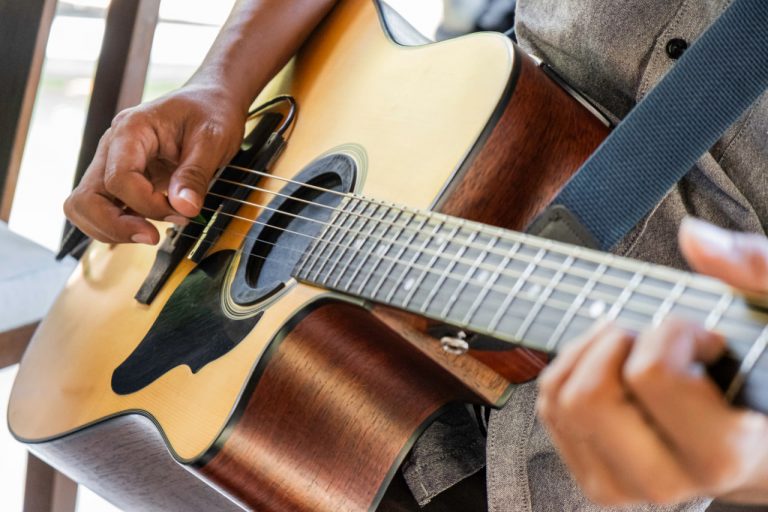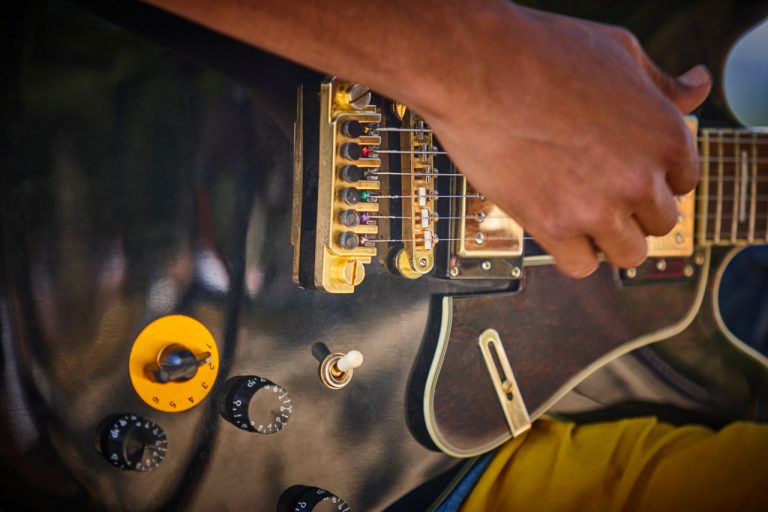Starting Strong: Essential Tips for Beginner Guitarists
The Exciting Beginning
Starting to learn guitar is an exciting and rewarding journey. Whether you picked up the guitar because of a favorite band, a desire to create your own music, or simply curiosity, the first steps are crucial for building a strong foundation. Many beginners face challenges like finger pain, confusing chord shapes, or difficulty keeping rhythm. However, with the right approach, patience, and guidance, anyone can overcome these obstacles and enjoy the process of learning to play.
Choosing the Right Guitar
Before diving into lessons, it’s important to select the right guitar for your needs. Beginners often wonder whether to choose an acoustic or electric guitar. Acoustic guitars are versatile, portable, and great for learning basics. Electric guitars offer easier playability due to lighter strings and thinner necks but require additional equipment like an amplifier. Try different types and consult with instructors or experienced players to find what feels comfortable and inspiring for you.
Mastering Basic Techniques
At the start, focusing on basic techniques will set you up for success:
- Proper Posture: Sit or stand with your back straight and guitar comfortably positioned. This prevents strain and allows better control.
- Correct Finger Placement: Press strings close to the frets without touching adjacent strings to avoid buzzing sounds.
- Strumming and Picking: Practice consistent strumming patterns and picking techniques using a pick or fingers.
These fundamentals may feel awkward at first but become second nature with regular practice.
Building a Practice Routine
Consistency is key to progress. Establish a practice schedule that fits your daily life, even if it’s just 15–20 minutes per day. Short, focused sessions are more effective than irregular long practices. Start with warm-up exercises to loosen fingers, then move on to chords, scales, or songs you enjoy. Keeping a practice journal can help track progress and maintain motivation.
Learning Chords and Transitions
Chords form the backbone of most songs. Begin with simple open chords like C, G, D, E, and A. Once comfortable, practice switching between them smoothly. This transition practice can be challenging but is essential for playing songs fluidly. Using chord charts and instructional videos can assist in visualizing finger positions and timing.
Developing Rhythm and Timing
Rhythm is the heartbeat of music. Beginners should practice strumming with a metronome or along with songs to develop a steady sense of timing. Start with basic downstrokes on the beat and gradually introduce upstrokes and varied patterns. Listening actively to different music styles enhances your feel for rhythm and groove.
Overcoming Challenges
It’s normal to encounter difficulties like sore fingertips, finger cramps, or frustration when progress seems slow. Taking breaks during practice prevents injury. Using lighter gauge strings can reduce finger discomfort. Remember that mastery takes time and persistence; every guitarist has faced these early hurdles.
Seeking Guidance and Community
Learning guitar is easier and more enjoyable with support. Consider taking lessons from qualified instructors who can provide personalized feedback and help avoid bad habits. Joining local or online guitar communities offers encouragement, advice, and opportunities to share your achievements.
Staying Inspired
Keep your passion alive by setting small, achievable goals such as learning a favorite song or performing for friends. Celebrate milestones and don’t compare your progress to others. Every player’s journey is unique, and the joy of making music is the most important reward.




